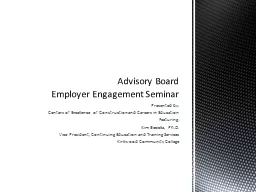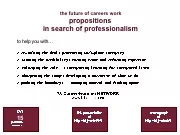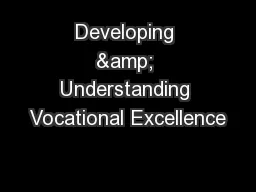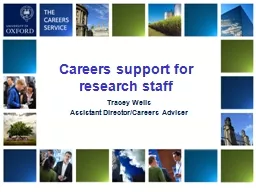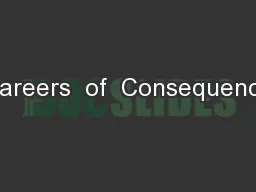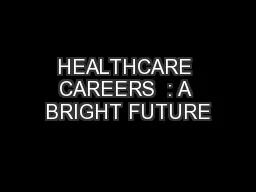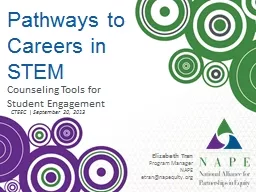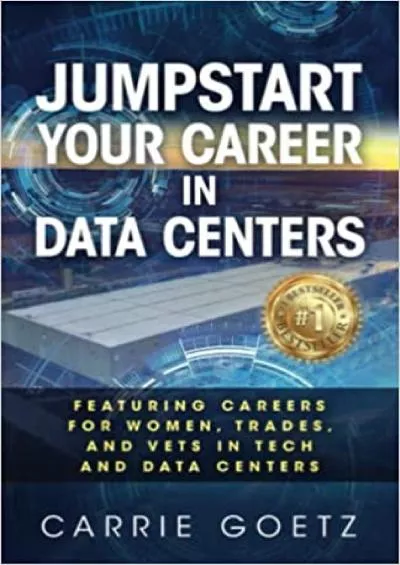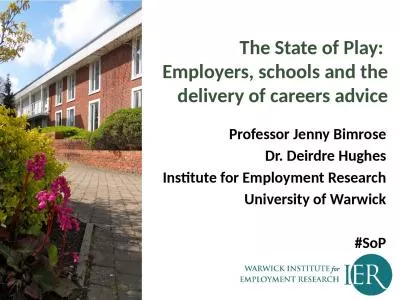PPT-Presented by: Centers of Excellence of Construction and Careers in Education
Author : jiggyhuman | Published Date : 2020-06-19
Featuring Kim Becicka PhD Vice President Continuing Education and Training Services Kirkwood Community College Advisory Board Employer Engagement Seminar E mployer
Presentation Embed Code
Download Presentation
Download Presentation The PPT/PDF document "Presented by: Centers of Excellence of C..." is the property of its rightful owner. Permission is granted to download and print the materials on this website for personal, non-commercial use only, and to display it on your personal computer provided you do not modify the materials and that you retain all copyright notices contained in the materials. By downloading content from our website, you accept the terms of this agreement.
Presented by: Centers of Excellence of Construction and Careers in Education: Transcript
Download Rules Of Document
"Presented by: Centers of Excellence of Construction and Careers in Education"The content belongs to its owner. You may download and print it for personal use, without modification, and keep all copyright notices. By downloading, you agree to these terms.
Related Documents

